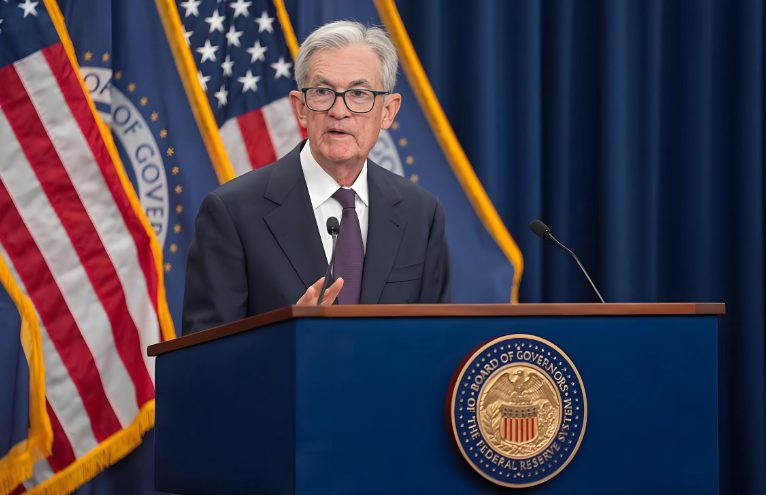
Gold prices fell to around $2,280 per ounce this week, as U.S. Treasury yields jumped and geopolitical tensions eased. According to Kitco’s live gold price index , gold has dropped nearly 3% this week.
The World Gold Council’s latest monthly update also showed moderating central-bank purchases , dampening support for bullion.
Background Context
Gold’s recent rally above $2,350 was driven by global uncertainty, strong central-bank accumulation, and sticky inflation. However, recent easing in Middle East tensions—reported by Reuters —reduced safe-haven flows. Meanwhile, rising Treasury yields (US10Y data from Treasury.gov) have increased the opportunity cost of holding non-yielding metals.

Why This News Matters
Gold is a global benchmark for risk sentiment. This week’s decline highlights:
- Higher yields directly weaken gold’s appeal.
- A stronger dollar reduces international demand.
- Central-bank buying patterns—tracked quarterly via the World Gold Council—remain a key structural driver of prices.
For institutional investors, shifts in gold pricing often signal broader macro changes, including inflation expectations, real-yield adjustments, and geopolitical hedging.
Our Expert Take
Gold’s pullback appears cyclical rather than structural. Historically, gold corrects sharply during periods of rising real yields but often rebounds once Fed uncertainty eases. Trendline support sits around $2,250, with deeper support near $2,200.
Investors should watch:
- The next CPI release (BLS)
- Treasury auctions
- Fed statements (FederalReserve.gov)
- Geopolitical updates from Reuters and Bloomberg
If yields stabilize, gold could reclaim the $2,300 level quickly, especially if central-bank buying resumes at Q3 levels.





